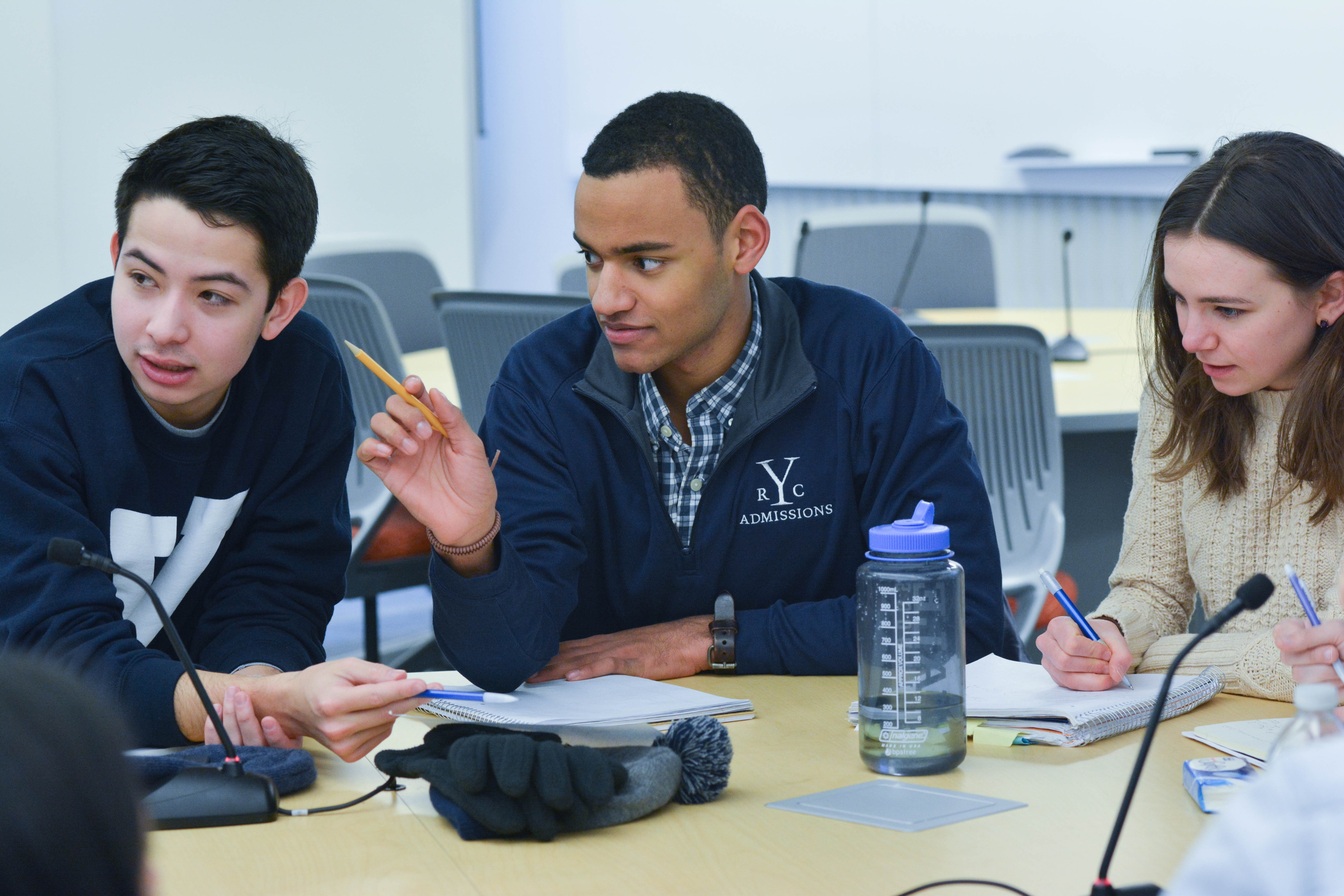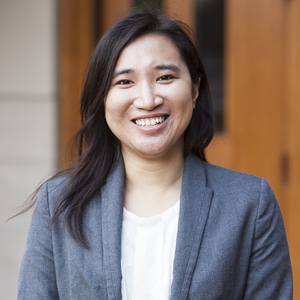Bonwell, C. C., & Eison, J. A. (1991). Active learning: Creating excitement in the classroom (ASHE–ERIC Higher Education Rep. No. 1). Washington, DC: The George Washington University, School of Education and Human Development.
Chiu, P. H. P., & Cheng, S. H. (2016). Effects of active learning classrooms on student learning: a two-year empirical investigation on student perceptions and academic performance. Higher Education Research & Development, 36(2), 269–279. https://doi-org.ezproxy.princeton.edu/10.1080/07294360.2016.1196475
Freeman, S., Eddy, S. L., McDonough, M., Smith, M. K., Okoroafor, N., Jordt, H., & Wenderoth, M. P. (2014). Active learning increases student performance in science, engineering, and mathematics. Proceedings of the national academy of sciences, 111(23), 8410-8415. https://doi.org/10.1073/pnas.1319030111.
Khan, A., Egbue, O., Palkie, B., & Madden, J. (2017). Active Learning: Engaging Students To Maximize Learning In An Online Course. Electronic Journal of e-Learning 15(2), 107–115.
Kozanitis, A., & Nenciovici, L. (2023), Effect of active learning versus traditional lecturing on the learning achievement of college students in humanities and social sciences: a meta-analysis. Higher Education 86, 1377–1394. https://doi.org/10.1007/s10734-022-00977-8.
Theobald, E. J., Hill, M. J., Tran, E., Agrawal, S., Arroyo, E. N., Behling, S., … & Freeman, S. (2020). Active learning narrows achievement gaps for underrepresented students in undergraduate science, technology, engineering, and math. Proceedings of the National Academy of Sciences, 117(12), 6476-6483.

